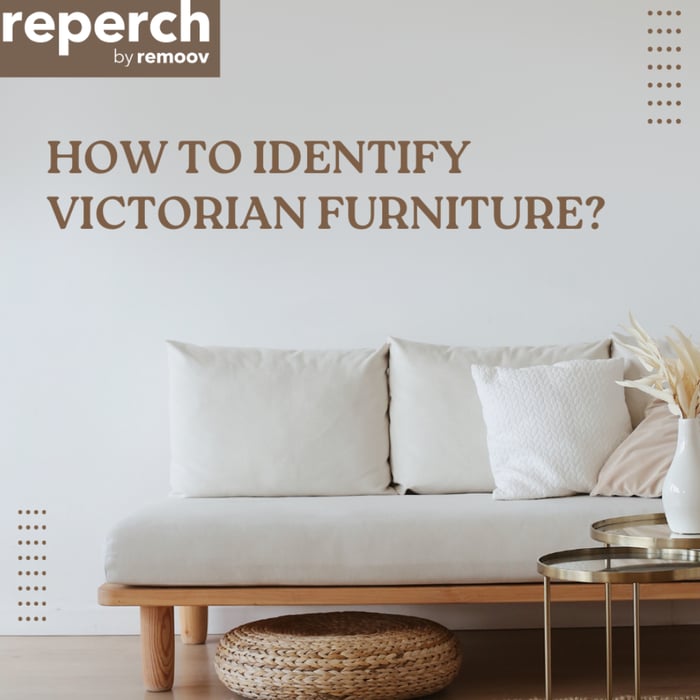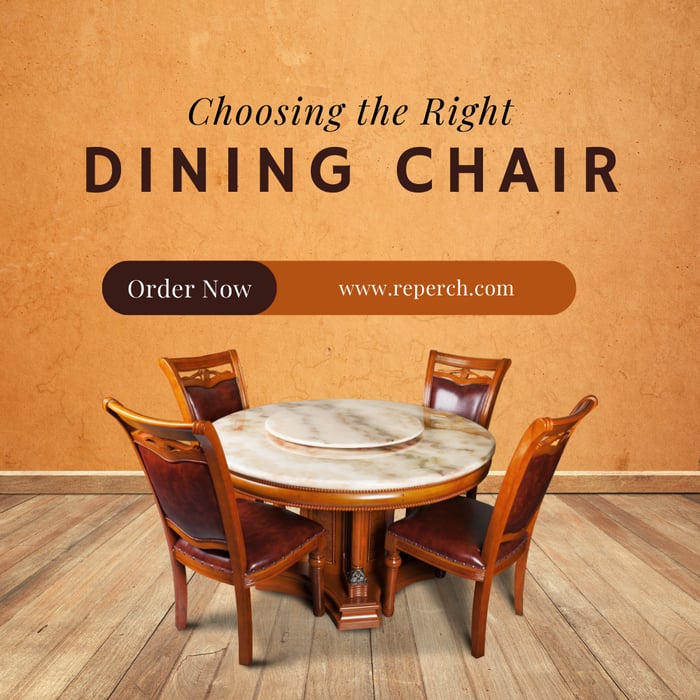Victorian furniture, known for its opulence and intricate designs, is a treasure trove for antique enthusiasts. Whether you're a collector or simply appreciate the charm of Victorian decor, identifying genuine pieces can be a rewarding experience.
This guide will help you understand the key features and styles of Victorian furniture, making it easier to recognize and appreciate these beautiful antiques.
Understanding Victorian Furniture
Victorian Era Overview
Victorian furniture refers to pieces made during Queen Victoria's reign (1837–1901). This period was characterized by a fascination with revivalist styles, drawing inspiration from various historical periods. The newly affluent middle class sought to display their wealth and status, leading to a diverse range of furniture designs.
Key Characteristics of Victorian Furniture
Ornate Detailing
Victorian furniture is often highly ornate, featuring intricate carvings, gildings, and inlays. Common motifs include floral patterns, cherubs, fruits, and scrolls. This elaborate detail reflects the period's emphasis on opulence and grandeur.
Rich Woods and Veneers
Mahogany, walnut, and rosewood were the preferred materials for Victorian furniture. Victorian furniture often used walnut for smaller pieces and mahogany for larger items such as wardrobes and dining tables. Veneers were also popular, providing a decorative finish while using less expensive wood for the main structure.
Diverse Styles
The Victorian era saw the revival of several historical styles, each with unique characteristics:
Gothic Revival (1830–1860): inspired by medieval architecture, featuring pointed arches, intricate carvings, and heavy fabrics like velvet and leather.
Rococo Revival (1840–1865): Known for its elegance and lightness, with natural motifs such as flowers and shells and curvaceous shapes.
Renaissance Revival (1860–1890): heavy and bold, with fluted legs, burled panels, and marble tops. This style often featured masculine elements like arches and human figures.
Arts and Crafts (1880–1914): Focused on simplicity and craftsmanship, with straight lines and minimal ornamentation. Light wood and handmade construction were key features.
Identifying Victorian Furniture by Specific Pieces
Chairs
Victorian chairs often featured curved designs and luxurious upholstery. The three main styles include: Spoon Back Armchairs: buttoned or plain upholstered backs with scrolled arms and carved legs. Nursing Chairs: Similar to spoon-back chairs, but lower and without arms. Balloon Back Chairs: Used around dining tables, with open circular backs and upholstered seats.
Tables
Victorian tables came in various styles, each with distinct features:
Washstands: made from oak or pine, often featuring marble tops.
Console and Hall Tables: These mahogany-made tables.
Centre and Games Tables: Finished in walnut, rosewood, or amboyna, often with decorative carved bases.
Chests of Drawers
Upscale Victorian chests preferred mahogany, while more economical versions used pine. Features to look for include bow fronts, turned bun feet, and turned knob drawer pulls.
Identifying Victorian Furniture by Legs
Cabriole Legs
These legs have a distinctive "S" shape with an outward knee and inward ankle, often ending in ball-and-claw or pad feet. They add a touch of elegance to Chippendale furniture, which is common.
Fluted and Reeded Legs
Fluted legs have vertical grooves that are reminiscent of Greek columns. Reeded legs are similar but have convex grooves, often seen in Sheraton-style furniture.
Spiral (Barley Twist) Legs
Spiral legs originated in India, but became popular in Europe during the Restoration period. They are characterized by their twisted design, adding a dynamic element to the furniture.
Saber and Trumpet Legs
Saber legs, resembling a fencing sword, are square-edged and splayed. Trumpet legs, on the other hand, have a domed top that tapers downward, resembling an inverted trumpet.
Examining Construction and Materials
Joinery
Victorian furniture was predominantly handcrafted before 1860, so look for hand-cut dovetails and uneven joinery. Machine-cut furniture, with precise and closely spaced dovetails, indicates later production.
Finishes
Shellac was the primary finish used until the mid-1800s, with lacquer and varnish becoming popular afterwards. Testing the finish can help date the piece; shellac dissolves in alcohol, while lacquer does not.
Evaluating Authenticity and Condition
Maker's Marks and Labels
Look for stamps or labels from the furniture maker, often found inside drawers or on the back of pieces. These marks can add provenance and value.
Condition
Check for structural integrity, such as sturdy joints and even legs. Ensure that doors and drawers work properly, and assess the condition of veneers and finishes. Repairs and replacements can affect the value, but well-done restorations can be acceptable.
Material Quality
Examine the type of wood used, as well as any decorative elements. Victorian furniture often featured high-quality materials and craftsmanship, so inferior materials might indicate a reproduction.
Why Buy Victorian Furniture?
Victorian furniture offers a blend of beauty, history, and craftsmanship. Often priced similarly to modern mass-produced furniture, Victorian furniture maintains its value over time. Investing in Victorian pieces is environmentally friendly, as they can undergo multiple recycling and restoration processes. Additionally, the unique charm and character of Victorian furniture can add a special touch to any home decor.
Tips for Buying Victorian Furniture
Measure Your Space
Victorian furniture can be large and imposing, so ensure it fits your space. When shopping, measure the area where you intend to place the furniture and bring a tape measure.
Embrace Imperfections
Minor repairs and imperfections can add character to Victorian furniture. Embrace the possibility of restoring pieces to their former glory, even if they require some TLC.
Mix and Match
You don't need to furnish an entire room with antiques. Use a special Victorian piece as a centerpiece and complement it with simpler, modern furniture for a balanced look.
Conclusion
Identifying Victorian furniture involves understanding its historical context, key characteristics, and construction details. By examining the materials, joinery, and decorative elements, you can distinguish genuine antiques from reproductions. Victorian furniture not only offers a glimpse into a rich historical period but also adds timeless elegance to any home.
Whether you're a seasoned collector or a new enthusiast, this guide will help you appreciate and identify Victorian furniture with confidence.








